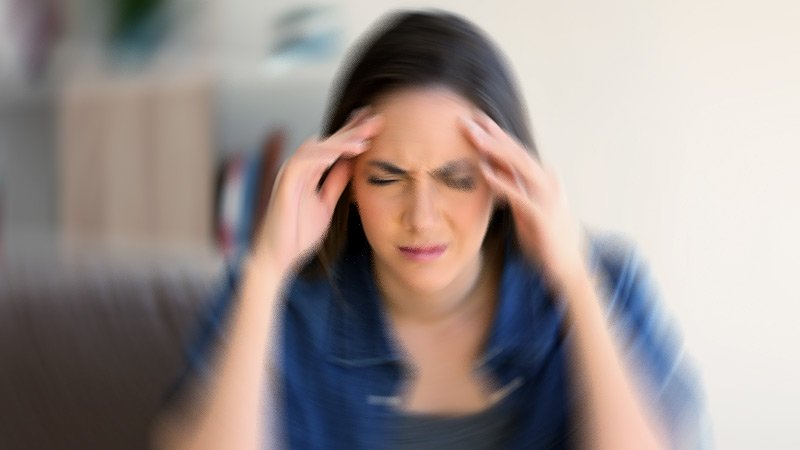Treat Dizziness with Vestibular Rehabilitation Therapy

Dizziness is a common symptom, best described as the sensation of feeling light-headed, unsteady, or faint. This is not to be confused with vertigo which has a rotational or spinning component to it (VeDA, n.d.). Dizziness occurs when information from one or more of the three balance-related systems; proprioception, vestibular, and visual is abnormal. When there is a mismatch of sensory information and processing, dizziness can be the result. Individuals who suffer from dizziness can experience nausea, vomiting, tachycardia, and sweating (Eren, O. E., Filippopulos, F., Sönmez, K., Möhwald, K., Straube, A., & Schöberl, F., 2018).
The most common methods of treatment for dizziness involve anti-anxiety medications, vestibular suppressant medications, SSRIs, and behavioral therapies. These interventions are not always effective on reducing or eliminating dizziness. An effective way to improve dizziness is to assess and rehabilitate the vestibular system.
Vestibular rehabilitation can include therapies such as repetitive peripheral somatosensory stimulation (RPSS), gaze stabilization training, eye movement training, and somatosensory integration therapies. All of these are non-invasive and drug-free methods to target the areas of the vestibular system that are dysfunctional and rehabilitate them. In fact, a research study focused on individuals suffering from Persistent postural-perceptual dizziness (PPPD) assessed how effective non-invasive Vagus nerve stimulation was on reducing their symptoms. The results showed that the stimulation reduced their symptoms of depression, improved their quality of life, and significantly decreased the severity of their dizziness attacks (Eren, O. E., Filippopulos, et al, 2018). Through targeting the root cause of the dizziness, whether it is brain-stem related or nervous-system related, symptoms can be reduced or eliminated. Vestibular rehabilitation techniques are a safe and effective way to accomplish improvements.
References
Eren, O. E., Filippopulos, F., Sönmez, K., Möhwald, K., Straube, A., & Schöberl, F. (2018). Non-invasive vagus nerve stimulation significantly improves quality of life in patients with persistent postural-perceptual dizziness. Journal of Neurology, 265(1), 63-69.
DOI: http://dx.doi.org.ezproxy.humber.ca/10.1007/s00415-018-8894-8
Vestibular Disorders Association (VeDA). (n.d.). Dizziness, vertigo, disequilibrium. Retrieved from: https://vestibular.org/about-vestibular-disorders/causes-dizziness
